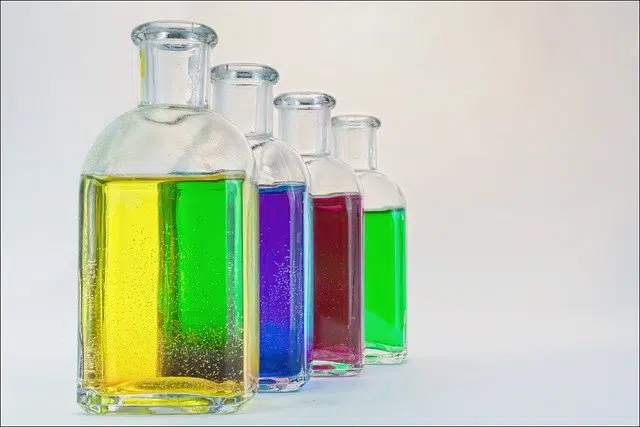
The quality of soluble is known as solubility.
Solubility is the quality of soluble (that can be dissolved). It is a measure of the ability of a certain substance to dissolve in another . The substance that dissolves is known as solute , while the substance in which it dissolves is called solvent or solvent . Concentration , on the other hand, refers to the proportion between the amount of solute and the amount of solvent in a solution.
Solubility can be expressed as a percentage of solute or in units such as moles per liter or grams per liter. It is important to note that not all substances dissolve in the same solvents. Water is a solvent for salt but not for oil, for example.
Solubility and polarity
The polarity of substances has a great influence on their solubility capacity. It must be taken into account that solubility depends both on the characteristics of the solute and the solvent and on the environmental pressure and temperature .
Another factor that affects solubility is the presence of other species dissolved in the solvent. If the liquid in question harbors metal complexes, the solubility is altered. The excess or deficiency of a common ion in the solution and the ionic strength also have an impact on solubility.
Solution types
According to the solubility conditions, we can speak of a dilute solution (the amount of solute appears in a minimum proportion with respect to the volume ), a concentrated solution (with a significant amount of solute), an unsaturated solution (it does not reach the maximum tolerable amount of solute), saturated solution (contains the largest possible amount of solute) or supersaturated solution (contains more solute than can exist).
Chemical equilibrium is the state of a process in which activities or concentrations and products do not change over a period of time . Any relationship established between this and the dissolved and solid states of a compound is known as solubility equilibrium , and is used to anticipate the solubility of a substance under given conditions.

There are different types of solutions depending on the solubility conditions.
Solubility product
The ionic compound that arises from the molar concentrations (the total amount of solute substance in a liter of solution) of the ions that constitute it is known as the solubility product (or ionic ), raising them within the equation of balance to the power of the stoichiometric coefficient (a multiplier that indicates the number of molecules of a given type).
In the graph on the right the equilibrium equation is observed, and the following variables can be seen: C , a cation, and A , an anion. On the other hand, the schiometric coefficients m and n are found. Below it is the equation that results in the solubility constant ( Kps ).
This value expresses the solubility of ionic compounds in a directly proportional manner. The common ion effect is a phenomenon that occurs when the concentration of one of the ions increases (which can be done by adding a substance that produces an ion of the same type once dissociated) and that allows the balance to be recovered by decreasing the concentration of the ion. first ion.
Forms of expression
The solubility of a substance can be expressed in two ways:
* in the form of molar solubility : through the amount of solute per liter of saturated solution, represented by the mol / L ratio ;
* as solubility : the ratio of grams of a given solute per liter of saturated solution, g / L.
In any case, the calculation to obtain said value must be carried out without leaving aside the temperature, which must remain constant and respond to the conventions of laboratory work: 25°C .
